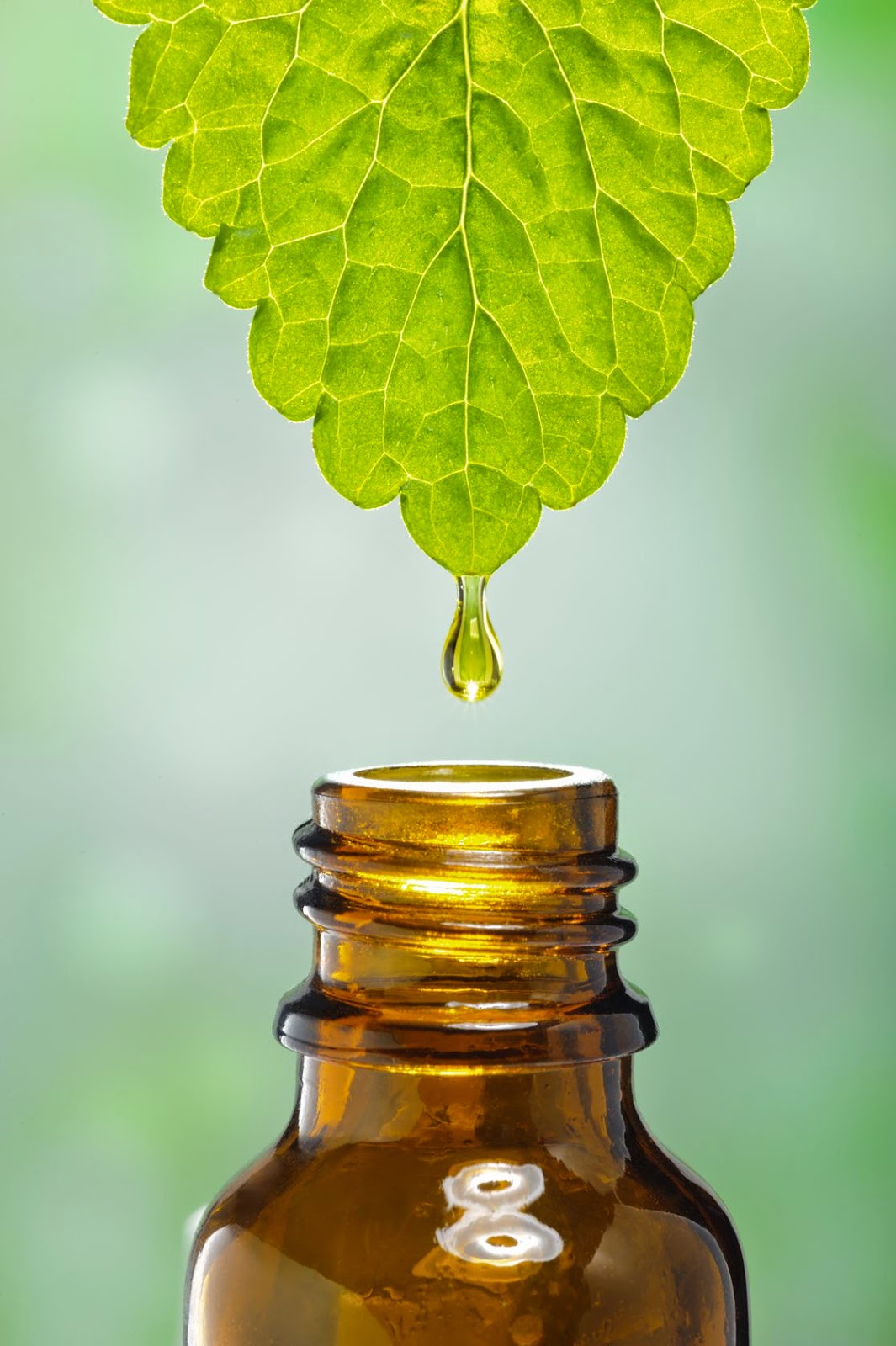Many people are sceptical but hopeful that they can improve their health and happiness with natural methods. Deep down there is something that feels so right about simply using easy natural ways to look after and improve our health.
Yet why do some people seem to get amazing results using a natural alternative method and others none at all? Is it all just in the mind? These were the questions I asked myself both on a personal level and in my own clinic.
These days natural solutions are advertised on a large scale and the general public is much more open-minded and willing to ‘give it a go’. But results are often mixed. For every really great story of how natural or alternative methods worked there are other stories with less positive outcomes.
However, modern medicine has the exact same challenge. Some people respond well, others have side effects, others no improvements.
What does this mean? Why does one person respond well while another person has little or no result?
Finding the answers
I’m certainly not claiming to have all the answers - in fact after 20 years of practical research there is still so much more to learn and understand. Right now inspiring people are developing more and more potential answers to help us live healthier and happier lives. The knowledge, methods and products to do this are already available and constantly being improved.
What I found to be missing is how you can access the right information – without studying and exploring for nearly 20 years like I have! What also seems to be needed is a set of guidelines - a map and compass if you like - that anyone can follow and benefit from. All of my work, clinic, teaching and publishing are based around providing this information in a way that can help everyone.
Results with Harvest magazine
With Harvest magazine, we set out to fill that void and bring you answers, providing you with a thoughtful and experienced resource. Harvest magazine will deliver to your home the knowledge and views of a range of experts four times a year. We want you to get the most out of the information in order to achieve the results you want.
Over the next 9 weeks I will share with you my best tips, discovered through working with clients, to help you get results. They are the missing pieces that we either never hear about or disregard because they seem too simple. I promise you that if you follow and understand these you can transform your own health and happiness.
If you cultivate an open, curious mind and remind yourself of the points I will share here each week, your journey to create better health and energy will have a great head start. As you will see, the answers I found are not specific actions or products. Instead they represent a different approach and outlook to our whole body and way of life.
Over the years these simple guidelines have never changed. But I have now developed them in many ways and discovered many more. I hope you will join us at Harvest, so together we can continue down the exciting path of creating our own happiness and health.





























